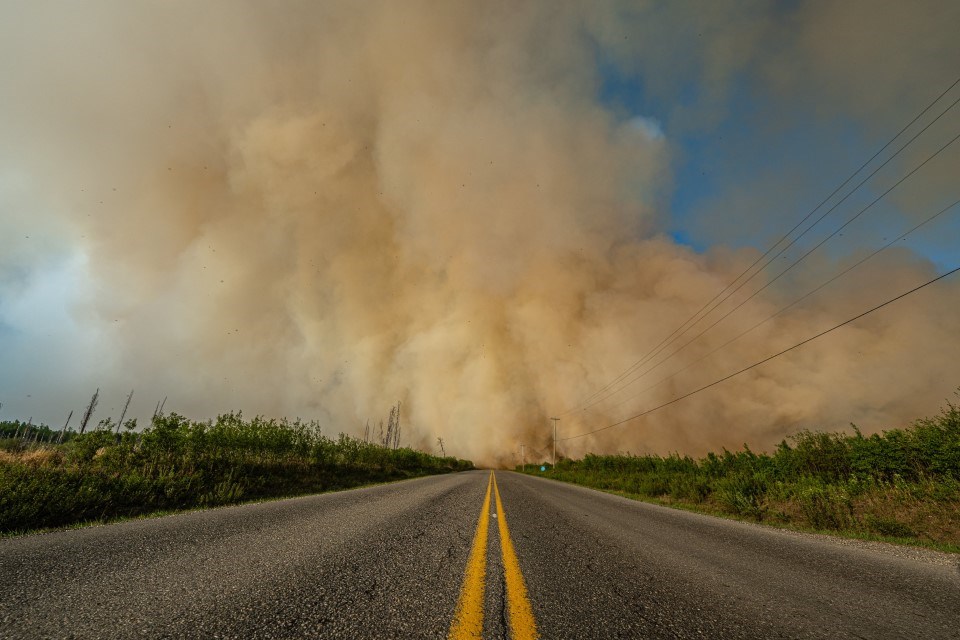While the cooler weather in the south and central part of B.C. over the past week has led to calmer fire conditions, fire season is not yet over.
During a press conference Wednesday, Cliff Chapman of the BC Wildfire Service said with more humid days and evenings, cooler temperatures and longer nights, the province is moving out of the worst part of the fire season.
“It is our optimistic opinion that we're hopefully out of the bad part of the fire season, where we see some of the significant fire runs that we have seen, but there is still a chance with a cold front potentially passing in three weeks time that we may see the fires challenge our control lines,” Chapman said.
“We're not out of it, we still have a lot of work to do.”
Chapman said to truly put the fire season behind, B.C. needs a “season-ending rain event” — something that's not currently in the forecast. The province has seen very little rain for many months, as B.C. struggles with an unprecedented drought. Currently, 80% of the province is under Level 4 or 5 drought conditions.
Across B.C., about 3,800 properties remain under an evacuation order, including about 400 in the West Kelowna area. An additional 34,000 properties are under an evacuation alert.
To date, more than 2.25 million hectares has been burned in B.C. this fire season. The most area burned prior to this season was in 2018, when 1.35 million hectares burned.
And while the south and central parts of the province have seen calmer fire conditions in recent weeks, the north saw strong winds last weekend that whipped up a number of fires. Chapman said they saw fire runs of 20 to 30 kilometres in the province's north last weekend.
During Wednesday's press conference, Emergency Management Minister Bowinn Ma said the government has declared B.C.'s record-breaking wildfire season as a Disaster Financial Assistance-eligible event, meaning local governments can apply for infrastructure repair funding.
Ma said the funding can cover up to 95% of the costs for losses that are not insurable, like public roads and other public infrastructure.
She said it's “far too early” to be able to estimate how much funding will be given out through the program.
“We'll need to work very closely with communities to understand the kind of structure loss that they're facing, the kinds of supports that they need,” Ma said.
“Wildfire insurance is widely available across the province except in the public sector and so most of the Disaster Financial Assistance here will go to support First Nations, local governments and regional districts in the rebuilding of public infrastructure."
She said residents who lost homes to the fire and were not insured are not eligible to receive DFA funding.
“In many communities like the Kelowna area ... the rate of people who have their homes insured is quite high, so that's really good news,” Ma said.
“That being said, those who do not have insurance, we are very aware that they will likely require ongoing supports in terms of housing and their immediate needs ... there will be a question as to what kind of medium- and longer-term supports will be required by those who are in the unfortunate position of not having insurance.”





